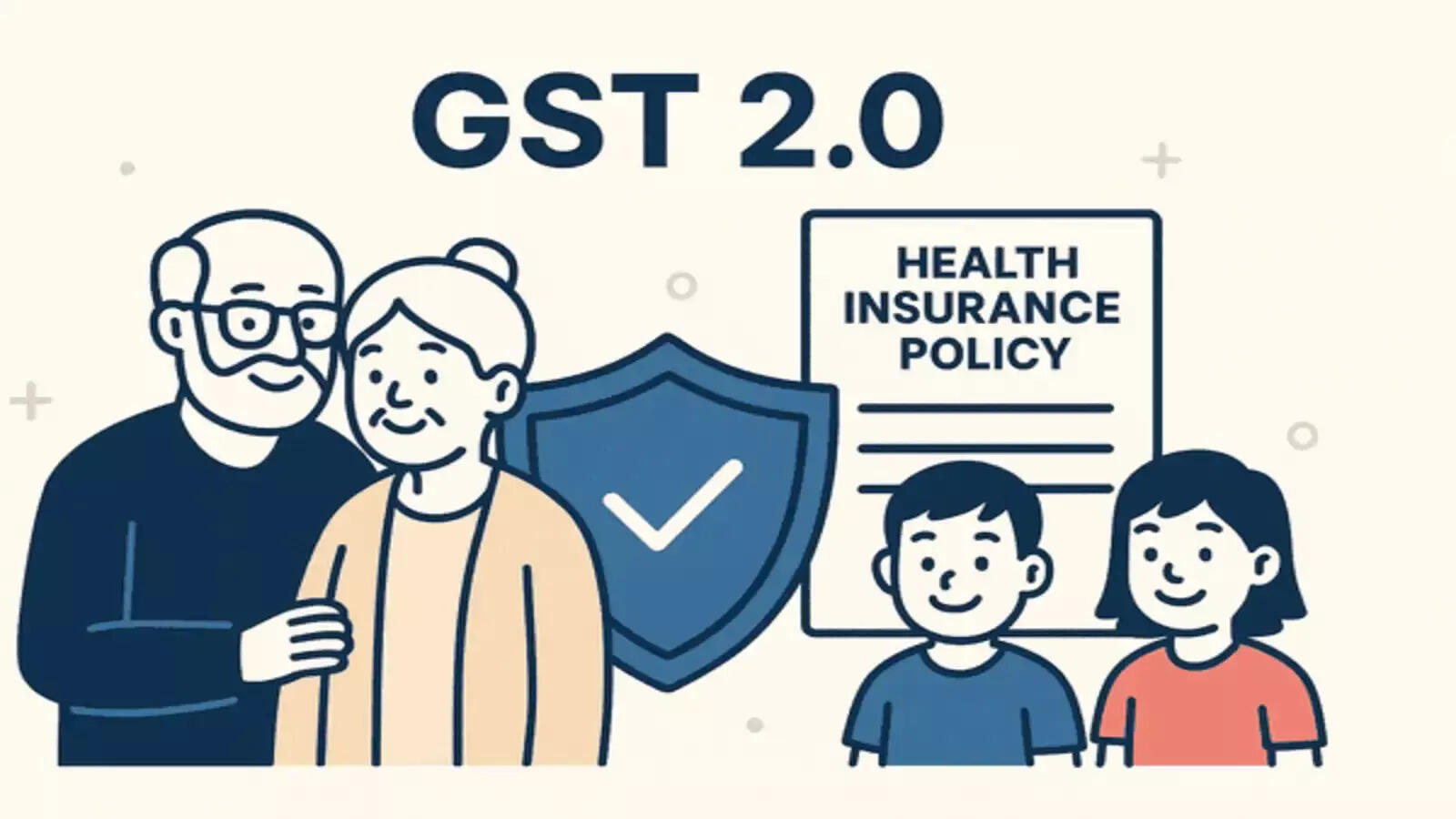
India’s healthcare sector stands at a defining moment. The recent GST 2.0 reforms represent not merely a fiscal adjustment but a visionary step towards making healthcare more affordable, accessible, and sustainable.
By aligning tax policy with public health priorities, the Government of India has repositioned taxation as an enabler of equitable healthcare, balancing patient welfare, industry competitiveness, and national economic growth.
At the centre of this reform lies a transformative shift in the pharmaceutical and medical ecosystem. The GST Council’s decision to reduce the tax on all medicines from 12% to 5%, while exempting 36 lifesaving drugs used in the treatment of cancer, rare diseases, and severe chronic conditions, is a landmark intervention in public health.
For millions of Indian families, this move translates into direct financial relief and improved access to essential therapies. It also underscores the government’s commitment to ensure that cost does not become a barrier to life-saving treatment.
Equally significant is the reduction in GST on medical devices from 18% or 12% to 5% covering a wide range of equipment used for medical, surgical, dental, and diagnostic purposes. Lower taxation on critical devices such as diagnostic kits, bandages, blood glucose monitors, and surgical instruments will improve affordability for healthcare providers and patients alike.
The downstream impact is substantial: hospitals, particularly in Tier-2 and Tier-3 cities, can now invest in advanced medical infrastructure without prohibitive costs, thereby decentralising access to quality healthcare.
The government has also reduced GST on pharma job work services from 12% to 5%, promoting cost efficiency and stimulating local manufacturing under the Atmanirbhar Bharat vision. These measures together enhance India’s position as the “Pharmacy of the World,” while supporting the domestic industry’s growth trajectory and export competitiveness.
However, while the reforms have generated widespread optimism, they also bring new structural considerations for the pharmaceutical industry. With input materials such as Active Pharmaceutical Ingredients (APIs) and Key Starting Materials (KSMs) continuing to attract 18% GST, the sector faces an expanded inverted duty structure—where inputs are taxed higher than outputs.
This could lead to greater accumulation of input tax credit (ITC) and short-term working capital pressures. The government’s provision for a 90% provisional refund of ITC under GST law provides interim relief, but long-term solutions to tax inversion will be critical to sustain momentum and encourage further investment in domestic manufacturing.
For companies, the transition phase will require careful management of inventory, pricing adjustments, and compliance realignment. Inventory purchased at pre-revision rates may need repricing or discounting, potentially affecting margins in the short term.
Additionally, enterprises availing state-level incentives or the Budgetary Support Scheme could witness lower disbursal amounts due to reduced tax outflows. Yet, these are temporary adjustments in what is otherwise a long-term structural win for patients, providers, and policymakers alike.
From a macroeconomic lens, the healthcare-focused GST rationalisation represents a people-first fiscal philosophy. It demonstrates how taxation can be strategically used to strengthen human capital, boost productivity, and enhance social equity.
By reducing the cost of essential medicines, devices, and healthcare services, the reform not only advances India’s public health agenda but also reduces the out-of-pocket burden that continues to account for over 50% of healthcare expenditure.
Moreover, these changes carry strategic implications for India’s pharma exports and global positioning. As international markets increasingly value affordability and access, India’s rationalised tax structure will enhance its competitiveness in the global supply chain.
A lower domestic tax regime supports cost-efficient production, encourages R&D, and aligns with the government’s broader goal of building a resilient, innovation-led healthcare economy.
The impact of GST 2.0 extends beyond economics, it represents a recalibration of how policy, industry, and public welfare intersect. It bridges the long-standing divide between fiscal prudence and social protection, placing healthcare at the heart of India’s development model.
By reducing taxation on essential medicines, promoting efficiency in pharma services, and enabling affordability in healthcare infrastructure, the government has laid the groundwork for an inclusive health economy.
As India moves toward achieving universal health coverage, GST 2.0 stands as a powerful example of how strategic fiscal reform can deliver social dividends. It is a reminder that good economics and good health policy are not mutually exclusive—they are interdependent pillars of sustainable national progress.
In essence, the new GST framework is more than a tax reform; it is a structural enabler of affordable healthcare, a catalyst for pharmaceutical innovation, and a reaffirmation of India’s resolve to make health and well-being central to its economic future.
(The author is a Member of Parliament; Views expressed are personal)

